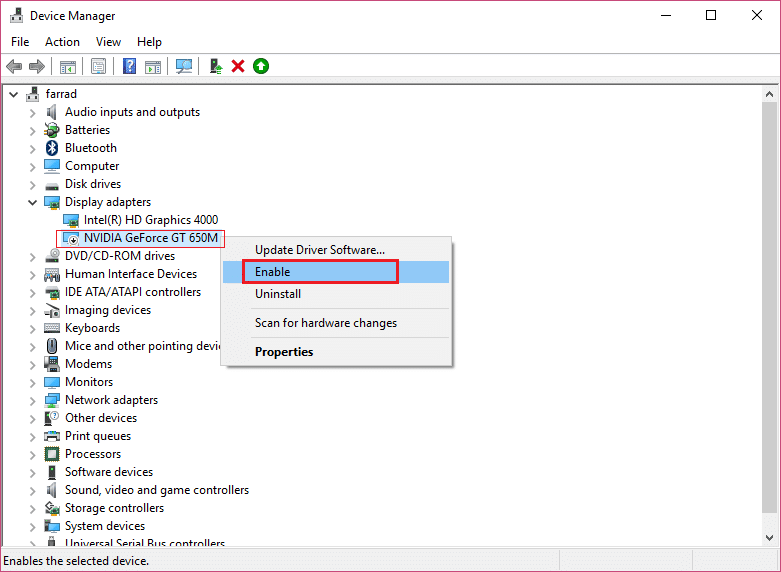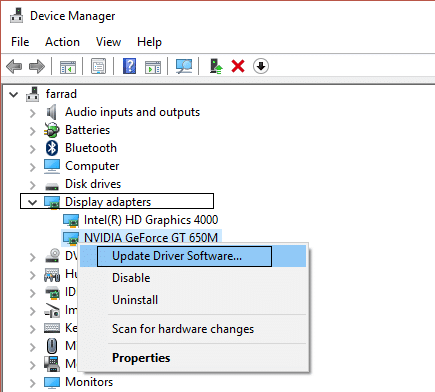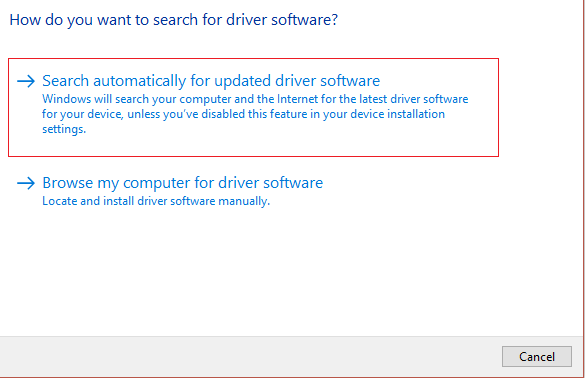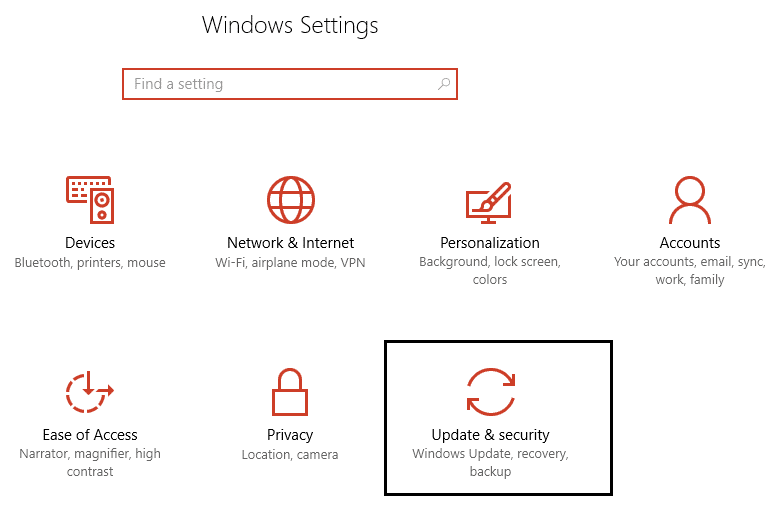This error is annoying as you don’t have any control over screen resolution of your PC and most of the people are reverting back to the previous build of Windows. Thankfully you don’t need to do that as we have listed all the possible fixes in the below-listed troubleshooting guide.
Fix Can’t Change Screen Resolution in Windows 10
Make sure to create a restore point just in case something goes wrong.
Fix Can’t Change Screen Resolution in Windows 10 Method 1: Update Display Drivers Method 2: Make sure Windows is up to date Method 3: Install Microsoft Basic Display Driver Method 4: Update Graphics Card driver from manufacturers website Method 5: Install the drivers in compatibility mode
Method 1: Update Display Drivers
1.Press Windows Key + R then type “devmgmt.msc” (without quotes) and hit enter to open Device Manager.
2.Next, expand Display adapters and right-click on your Nvidia Graphic Card and select Enable.
3.Once you have done this again right-click on your graphic card and select “Update Driver Software.”
4.Select “Search automatically for updated driver software” and let it finish the process.
5.If the above step was able to fix your problem then very good, if not then continue. 6.Again select “Update Driver Software” but this time on the next screen select “Browse my computer for driver software.”
7.Now select “Let me pick from a list of device drivers on my computer.”
8.Finally, select the compatible driver from the list for your Nvidia Graphic Card and click Next.
9.Let the above process finish and restart your PC to save changes. After updating Graphic card you may be able to Fix Can’t Change Screen Resolution in Windows 10.
Method 2: Make sure Windows is up to date
1.Press Windows Key + I then select Update & Security.
2.Next, click Check for updates and make sure to install any pending updates.
3.After the updates are installed reboot your PC to Fix Can’t Change Screen Resolution problem.
Method 3: Install Microsoft Basic Display Driver
1.Press Windows Key + R then type “devmgmt.msc” and press enter to open Device Manager.
2.Expand the Display adapter and right-click on your Graphic Card Driver then select “Update Driver Software.”
3.Then select “Search automatically for updated driver software.”
4.If there were not update found, then again right click on your Display adapter and select Update Driver Software. 5.But this time choose “Browse my computer for driver software.”
6.On the next screen select “Let me pick from a list of device drivers on my computer.”
7.Next, select Microsoft Basic Display Adapter and click Next.
8.Let the above process finish and then reboot your PC.
Method 4: Update Graphics Card driver from manufacturers website
1.First of all, you should know what graphics hardware you have i.e. which Nvidia graphic card you have, don’t worry if you don’t know about it as it can be easily find. 2.Press Windows Key + R and in the dialog box type “dxdiag” and hit enter.
3.After that search for the display tab (there will be two display tabs one for the integrated graphic card and another one will be of Nvidia’s) click on the display tab and find out your graphic card.
4.Now go to the Nvidia driver download website and enter the product details which we just find out. 5.Search your drivers after inputting the information, click Agree and download the drivers.
6.After successful download, install the driver and you have successfully updated your Nvidia drivers manually. This installation will take some time but you will have successfully updated your driver after that.
Method 5: Install the drivers in compatibility mode
1.Right-click on the graphic card driver setup file and select Properties.
2.Switch to Compatibility tab and make sure to check the box “Run this program in compatibility mode for.” 3.Next, from the dropdown select Windows 7 or Windows 8.
4.Then click Apply followed by OK. 5.Again right-click on the setup file and click Run as administrator then continue with the installation. 6.Once the installation is complete reboot your PC. 7.Now press Windows Key + I to open Settings then click System.
8.Click Advanced display settings under Display settings.
9.Under Resolution, select a new value. Note: Make sure you select the resolution which is marked as Recommended, for example, 1600 x 900 (Recommended).
10.Then click Apply and close everything. 11.Reboot your PC and you may have fixed the issue. Recommended for you:
Fix Internet Explorer cannot display the webpage error Restore TrustedInstaller as File Owner in Windows Changing the listening port for Remote Desktop 5 ways to fix Windows has detected an IP address conflict
That’s it you have successfully Fix Can’t Change Screen Resolution in Windows 10 if you still have any queries regarding this post feel free to ask them in the comment’s section.
























